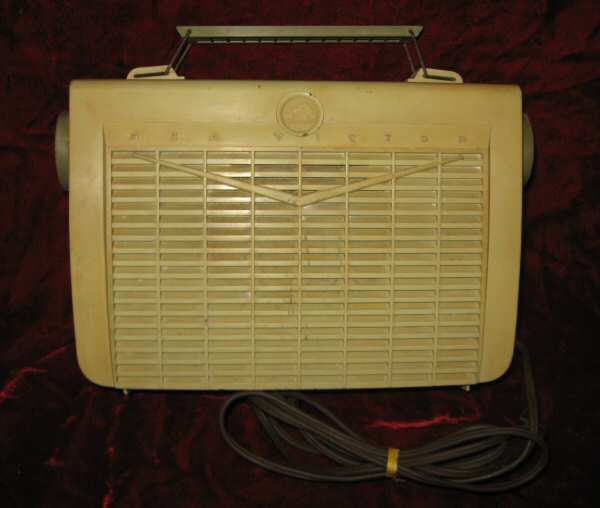

John finds another "lost" Paramount 78 rpm record!! John buys the World's Rarest 78 rpm record!! John buys the World's Rarest 45 rpm record!!


The company experimented further by marketing a more deluxe model which had the designation of “Victrola the Twentieth” (VV-XX). However, they were soon marketed with the designation of “Victrola the Sixteenth” or VV-XVI. The earliest models of Victrola were assigned with the abbreviation of “VTLA” on the dataplate. There were only several thousand Pooley Victrolas with flat-top design that had been produced which made them a highly sought-after collectors’ item. Within a year, the company resolved the issue by designing a domed lid model wherein the turntable and the tone arm sit almost flushed on top of the cabinet. Perhaps the most pressing and most awkward issue refers to the need for the user to “reach way down” into the cabinet’s deep opening whenever there’s a need to lift the needle or change a record. Originally, Victrola had a flat-top design which brought a number of issues. Nevertheless, the machine performed well in terms of sales which made Victor believe that immediate success was on the way. It should be remembered that the most expensive model of Victor that came with an external horn was priced and sold at half the rate of the Victor-Victrola. The Victor-Victrola was designed to cater to wealthy customers with the initial sale price fixed at the high rate of $200. Since Victor had no sufficient manufacturing facilities, it needed a company that would help in the production of large cabinets.

It was initially labeled as “The Victor-Victrola.” The release also led to contracting the cabinet supplier Pooley Furniture Company of Philadelphia. In 1906, the first internal horn phonograph was marketed to the public. This means that it is not a generic term that can be applied to all old phonographs. The name “Victrola” applies solely to the internal horn phonographs that were made by the Victor Talking Machine Company.


 0 kommentar(er)
0 kommentar(er)
